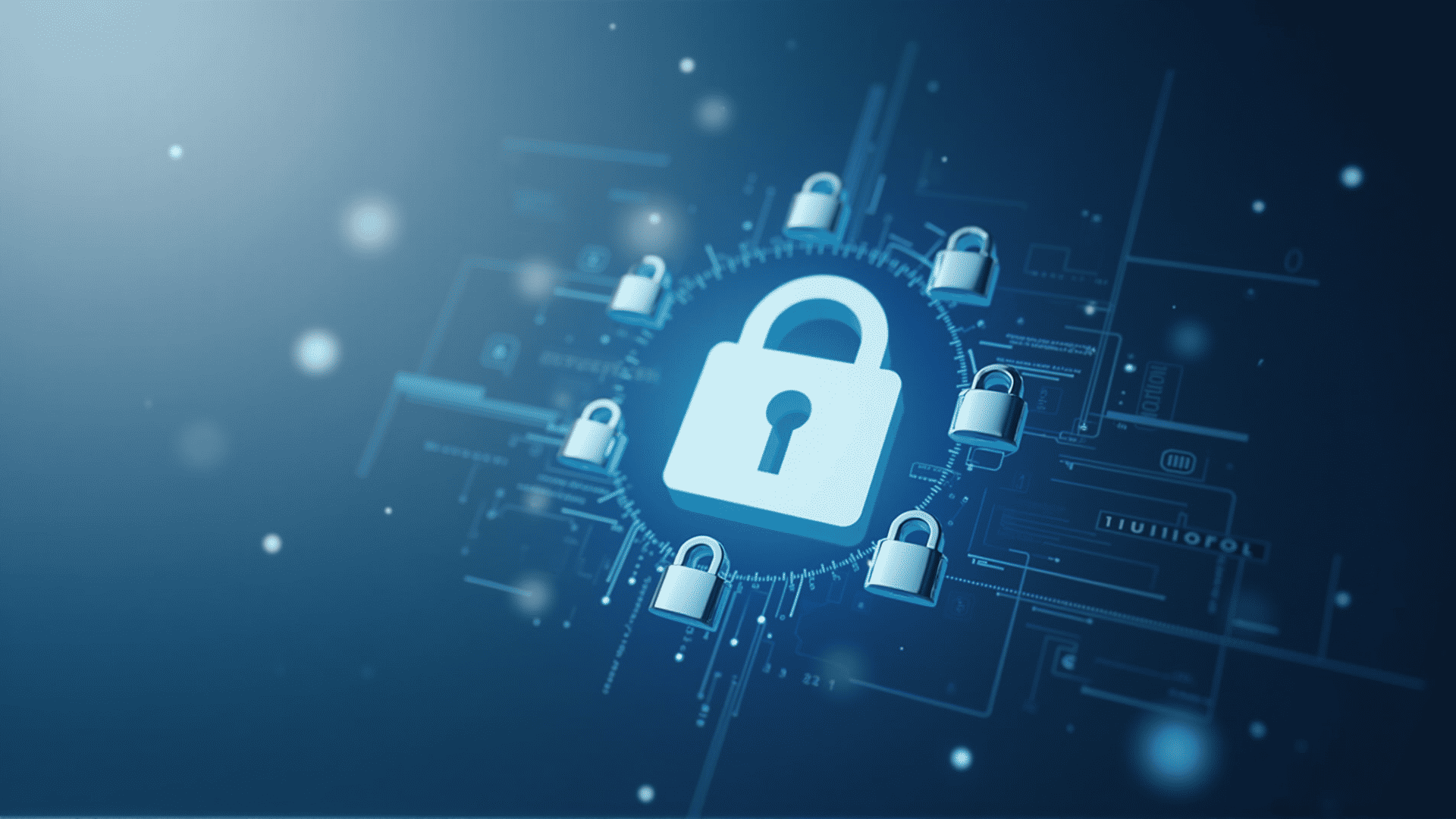In an era where daily tasks are increasingly digital, ensuring secure access to online platforms is paramount. Strengthening digital platform access involves adopting strategies that not only protect your information but also enhance your overall online experience. Here, we explore a variety of tips and methods to bolster your digital security measures.
1. Strengthen Passwords: Begin by creating complex passwords that combine upper and lower-case letters, numbers, and symbols. Avoid using easily guessed information such as birthdays or common words. Consider using a passphrase—a sequence of random words or a sentence—for added security.
2. Enable Multi-Factor Authentication (MFA): Multi-factor authentication adds an extra layer of protection by requiring more than one form of verification during login. This could include entering a code sent to your phone or using a fingerprint scan. By employing MFA, even if someone manages to obtain your password, they will face an additional barrier to accessing your account.
3. Regularly Update Software: Keeping your software up to date is crucial in protecting against vulnerabilities. Software updates often include patches that fix known security issues. Setting your devices to update automatically ensures that you are protected against the latest threats without having to remember to manually check for updates.
4. Be Wary of Phishing Attempts: Phishing is a method used to trick you into giving away personal information by pretending to be a trustworthy source. Be cautious when clicking on links or downloading attachments from unknown emails or messages. Always verify the source before entering any sensitive information.
5. Use Secure Connections: Public Wi-Fi networks can be less secure, making it easier for others to access your information. When using public Wi-Fi, avoid logging into sensitive accounts. Consider using a Virtual Private Network (VPN) for an added layer of security, which can encrypt your internet connection and protect your data.
6. Regularly Monitor Account Activity: Keep an eye on your accounts for any suspicious activity. Many platforms offer notification settings that alert you to new logins or changes to your account information. By enabling these alerts, you can respond quickly to any unauthorized activities.
7. Educate Yourself and Others: Staying informed about security best practices can help you recognize potential threats before they become issues. Share this knowledge with friends and family to help them secure their own accounts.
By implementing these strategies, you can significantly enhance the security of your online accounts and protect your personal information. In an age where digital interaction is the norm, taking proactive steps to safeguard access is an investment in privacy and peace of mind.
